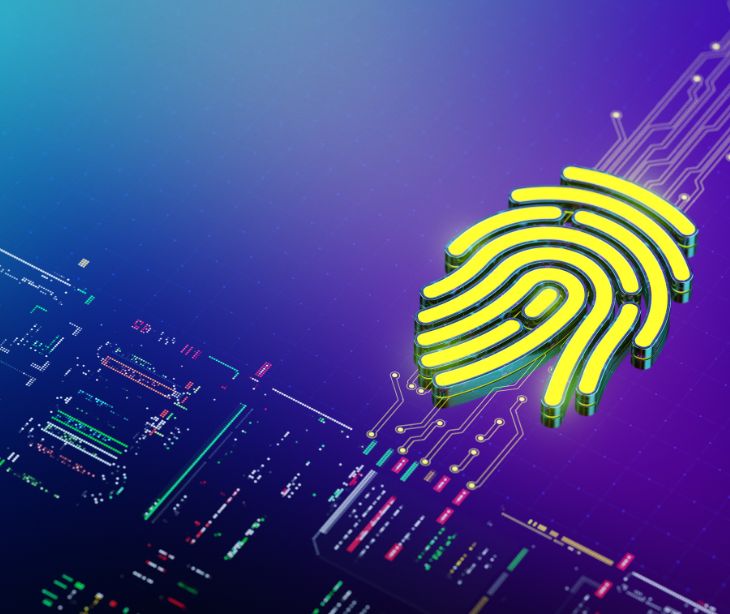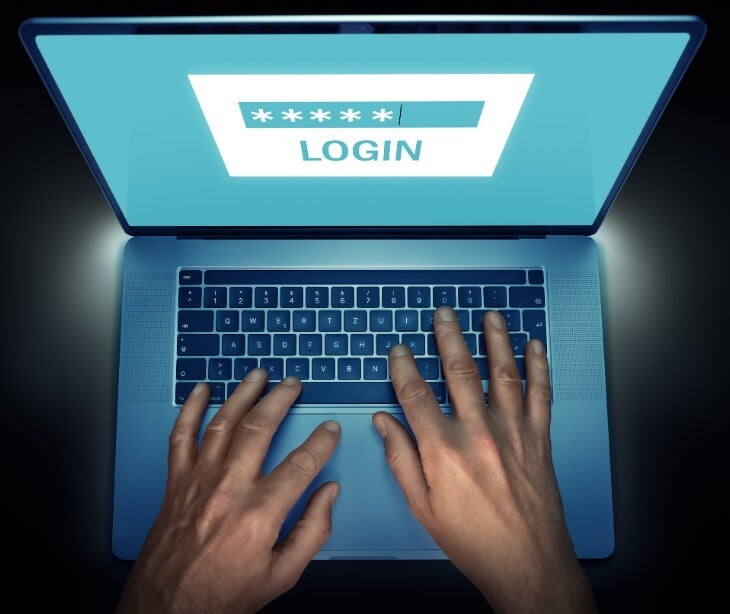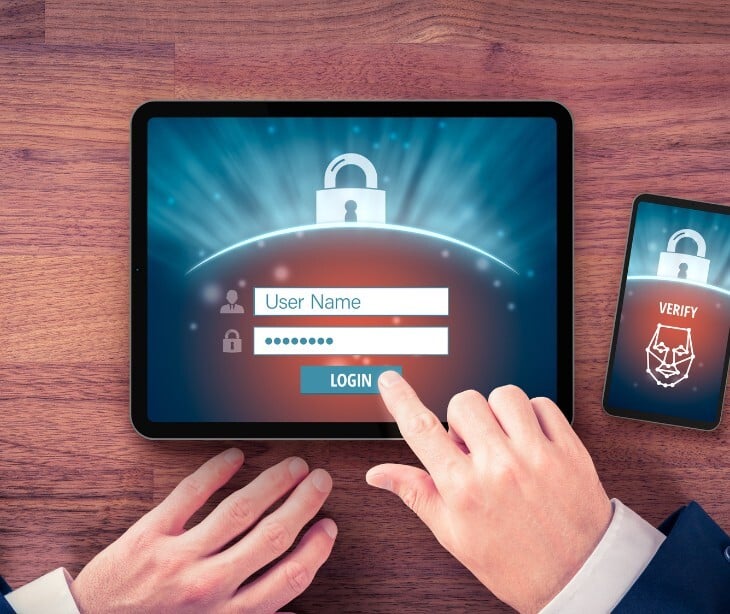
Statistics suggest that “phishing is the most common form of cyber crime, with an estimated 3.4 billion spam emails sent every day,” with over a fifth of phishing emails being from Russia. These statistics indicate a need for cybersecurity measures that will prevent these attacks.
Understanding phishing-resistant MFA
Phishing-resistant multi-factor authentication (MFA) refers to implementing multi-factor authentication techniques specifically designed to mitigate the risks associated with phishing attacks.
What is phishing?
Phishing is a cyber attack in which cybercriminals strive to deceive individuals into revealing confidential data such as usernames, passwords, financial particulars, or personal information by posing as reliable sources. The attack might entail posing fraudulently as legitimate agencies, including banks, social media forums, and official government bodies, so that they succeed in coercing their prey to furnish sensitive details.
Go deeper: What is a phishing attack?
How does phishing-resistant MFA work?
Phishing-assistant MFA combines traditional multi-factor authentication (MFA) elements with features designed to detect and mitigate phishing attempts. Here's how it might work in practice:
- User authentication: When a user attempts to log in to a system or application, they are prompted to provide their credentials as usual (e.g., username and password).
- Multi-factor authentication (MFA): After successfully entering their credentials, the user is prompted to provide additional authentication factors. These factors could include:
- Something they know: A password or PIN.
- Something they have: A hardware token, mobile device, or security key.
- Something they are: Biometric data like fingerprint or facial recognition.
- Phishing detection: Simultaneously, the phishing-assistant MFA system actively monitors incoming emails, messages, or website links for signs of phishing attempts. This could involve scanning for suspicious URLs, analyzing email content for phishing indicators, or leveraging threat intelligence feeds to identify known phishing sources.
- Real-time feedback: If the system detects any potential phishing threats during the authentication process, it provides real-time feedback to the user. This feedback could include warnings about suspicious links or messages, advice on how to verify the authenticity of the communication, and instructions on what actions to take if phishing is suspected.
- User education and training: In addition to immediate feedback, the system may offer educational resources and training materials to help users recognize and respond to phishing attempts. This could include tips on identifying phishing emails, best practices for secure communication, and guidance on reporting suspicious activity.
- Phishing simulation and testing: Periodically, the phishing-assistant MFA system may conduct simulated phishing attacks against users to assess their susceptibility and provide targeted training based on the results. This helps reinforce security awareness and readiness among users.
- Continuous monitoring and updates: The system continuously monitors for new phishing threats and updates its detection mechanisms accordingly. It leverages threat intelligence feeds, machine learning algorithms, and other advanced technologies to stay ahead of evolving phishing tactics.
Types of phishing-resistant MFA
Phishing-resistant multi-factor authentication (MFA) uses various methods to bolster security against phishing attacks. Here are several types of MFA that are effective in mitigating phishing risks:
Hardware tokens
Hardware tokens generate one-time passwords (OTPs) or cryptographic keys that users must enter along with their regular credentials. Since the token generates a unique code for each authentication session, it significantly reduces the risk of phishing attacks, as intercepted codes become useless for subsequent logins.
Biometric authentication
Biometric authentication methods, such as fingerprint scanning, facial recognition, or iris scanning, rely on the unique physical characteristics of the user. Phishing attacks are ineffective against biometric authentication because they cannot replicate these biometric features.
Push notifications
With push notification-based MFA, when a user attempts to log in, a notification is sent to their registered mobile device. The user must then approve or deny the login attempt. Since the interaction occurs on a separate trusted device, phishing attempts targeting the primary login interface are rendered ineffective.
Security keys (U2F)
Security keys, such as Universal 2nd Factor (U2F) keys, are physical devices that users plug into their devices or connect via Bluetooth. They provide an additional layer of security by requiring users to possess the physical key to authenticate. Even if attackers obtain the user's credentials, they cannot log in without the physical key.
Out-of-band verification
Out-of-band verification involves sending authentication codes or confirmation requests to a separate communication channel, such as a mobile phone number or email address, distinct from the one being used for the login attempt. This method ensures that even if attackers intercept the primary communication channel, they cannot access the authentication code.
Behavioral biometrics
Behavioral biometrics analyze patterns of user behavior, such as typing speed, mouse movements, and device usage habits, to verify identity. Since these behavioral patterns are unique to individuals and difficult to replicate, they provide an additional layer of protection against phishing attacks.
Contextual authentication
Contextual authentication considers various factors, including the user's location, device information, and login history, to determine the legitimacy of a login attempt. If a login request deviates from the user's typical behavior, additional authentication steps may be required to prevent unauthorized access.
See also: HIPAA Compliant Email: The Definitive Guide
Tips and best practices for implementing phishing-resistant MFA
The Cybersecurity and Infrastructure Security Agency (CISA), in their Implementing Phishing-Resistant MFA encourages organizations to implement phishing-resistant MFA as part of their long- and intermediate-term plans towards applying Zero Trust principles. They recommend that “organizations identify systems that do not support MFA and develop a plan to either upgrade so these systems support MFA or migrate to new systems that support MFA.”
Implementing phishing-resistant MFA involves a combination of technology, policies, and user education. Here are some tips and best practices to enhance the effectiveness of phishing-resistant MFA:
- Use a combination of authentication factors: Employ multiple factors for authentication. This multi-layered approach increases security and resilience against phishing attacks.
- Implement strong password policies: Encourage users to create complex passwords that are difficult to guess or brute-force.
- Leverage biometric authentication: Use biometric authentication methods, such as fingerprint scanning or facial recognition, where feasible.
- Deploy phishing detection technologies: Implement email filtering systems and endpoint protection solutions that can detect and block phishing attempts in real time.
- Educate users about phishing risks: Provide comprehensive training and awareness programs to educate users about the dangers of phishing attacks and how to recognize phishing attempts.
- Enable two-way communication: Establish channels for users to report suspected phishing attempts or security incidents promptly.
- Regularly update security policies and procedures: Stay informed about the latest phishing tactics and security threats, and update security policies and procedures accordingly.
- Conduct phishing simulation exercises: Periodically conduct phishing simulation exercises to assess users' susceptibility to phishing attacks and identify areas for improvement. Use the results of these simulations to provide targeted training and reinforce security awareness among users.
- Monitor and analyze authentication logs: Monitor authentication logs and analyze user behavior to detect anomalous or suspicious login attempts.
- Regularly review and audit MFA implementations: Conduct regular security audits and assessments of MFA implementations to identify vulnerabilities, misconfigurations, or weaknesses. Address any identified issues promptly and continuously improve the effectiveness of phishing-resistant MFA measures.
CISA has identified FIDO/WebAuthn authentication as the “only widely available phishing-resistant authentication,” while PKI-based MFA is a less widely available form of phishing-resistant MFA.
FAQs
What is multi-factor authentication?
Multi-factor authentication (MFA) is a security measure that requires users to provide multiple forms of identification to verify their identity before gaining access to a system, application, or service.
See also: Enhancing HIPAA compliance with multi-factor authentication
What are the benefits of implementing MFA?
Implementing multi-factor authentication (MFA) offers several significant benefits for both individuals and organizations. These include:
- Enhanced security
- Reduced risk of account compromise
- Protection against credential stuffing
- Compliance with regulatory requirements
- Improved user experience
- Protection of remote access
- Cost-effective security
Who/what is CISA?
The Cybersecurity and Infrastructure Security Agency (CISA) is a federal agency of the United States government, established in November 2018 under the Department of Homeland Security (DHS). CISA was created to protect the nation's critical infrastructure from cyberthreats and to enhance cybersecurity resilience across various sectors.
Subscribe to Paubox Weekly
Every Friday we'll bring you the most important news from Paubox. Our aim is to make you smarter, faster.




